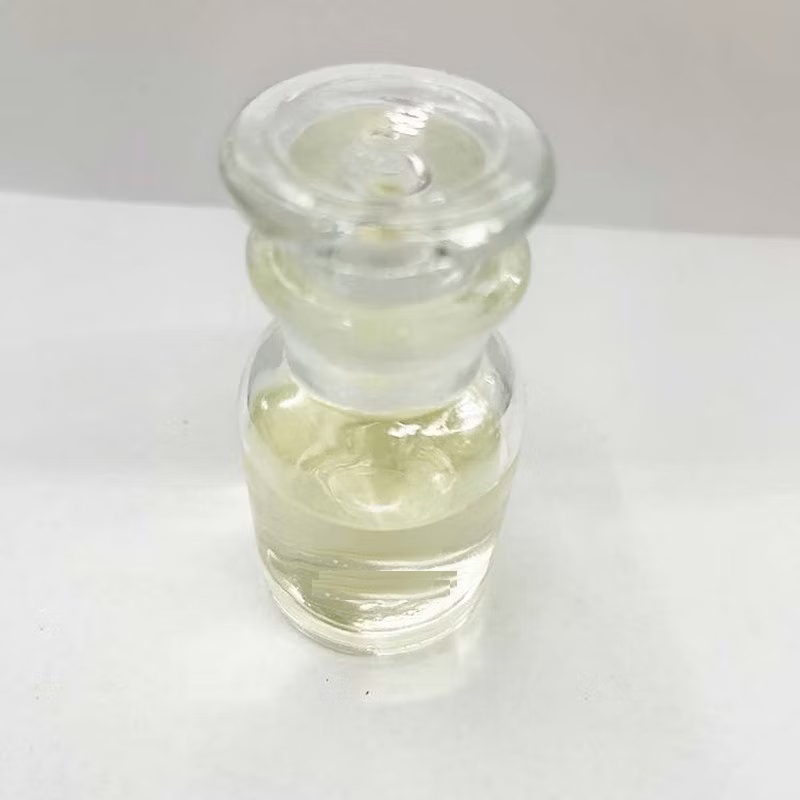We unleash your business potential by maximize the business innovation.
Send EmailLaureth-3, Laureth-23, Lauryl polyethylene glycol ether, Ethoxylated lauryl alcohol, Dodecanol ethoxylate, Lauromacrogol, Polyethylene glycol monododecyl ether, BRIJ-35, ETHOSPERSE LA-23, LIPOCOL L-23, PEG-23 Lauryl Ether, 3055-94-5, 68439-50-9, 9002-92-0
Laureth-3
-
Chemical Formula: C₁₂H₂₆O(C₂H₄O)₃
-
CAS Number: 3055-94-5 / 68439-50-9
-
Appearance: Colorless or slightly yellow liquid
-
Uses: Laureth-3 is a liquid emulsifier and surfactant/cleaning agent. It is frequently used in skincare formulations to aid in the blending of water and oil-based ingredients. Due to its solubilizing qualities, it is often used in products that require a milky consistency. It is also used as a thickening agent in products like shampoos and shower gels2.
-
Safety Profile: The safety of Laureth-3 has been assessed by the Cosmetic Ingredient Review (CIR) Expert Panel. They concluded that Laureth-3 is safe as used in cosmetic products when formulated to be non-irritating.
Laureth-23
-
Chemical Formula: C₁₂H₂₆O(C₂H₄O)₂₃
-
CAS Number: 9002-92-0 / 68439-50-9
-
Appearance: White, waxy solid
-
Uses: Laureth-23 is a non-ionic surfactant, emulsifier, and solubilizer used in numerous cosmetics and personal care products. It is found in many products like bath, eye, facial, hair, sunscreen, and cleansing products. It works as a cleansing agent and also improves the texture of formulations5.
-
Safety Profile: Laureth-23 has been classified as safe by the Cosmetic Ingredient Review (CIR). It is used at a concentration of 1-5% in various formulations.
Laureth-3
-
alpha-Dodecyl-omega-hydroxy-polyoxyethylene
-
Polyethylene Glycols, monododecyl ether
-
Dodecanol ethoxylate
-
Dodecanol, polyethoxylated
-
Dodecyl poly (oxyethylene) ether
-
Ethoxylated lauryl alcohol
-
Lauromacrogol
-
Lauryl alcohol, ethoxylated
-
Lauryl poly (oxyethylene) ether
-
Lauryl polyethylene glycol ether
Laureth-23
-
Polyethylene glycol monododecyl ether
-
Polyoxyethylene (23) lauryl ether
-
BRIJ-35
-
ETHOSPERSE LA-23
-
LIPOCOL L-23
-
PEG-23 Lauryl Ether

